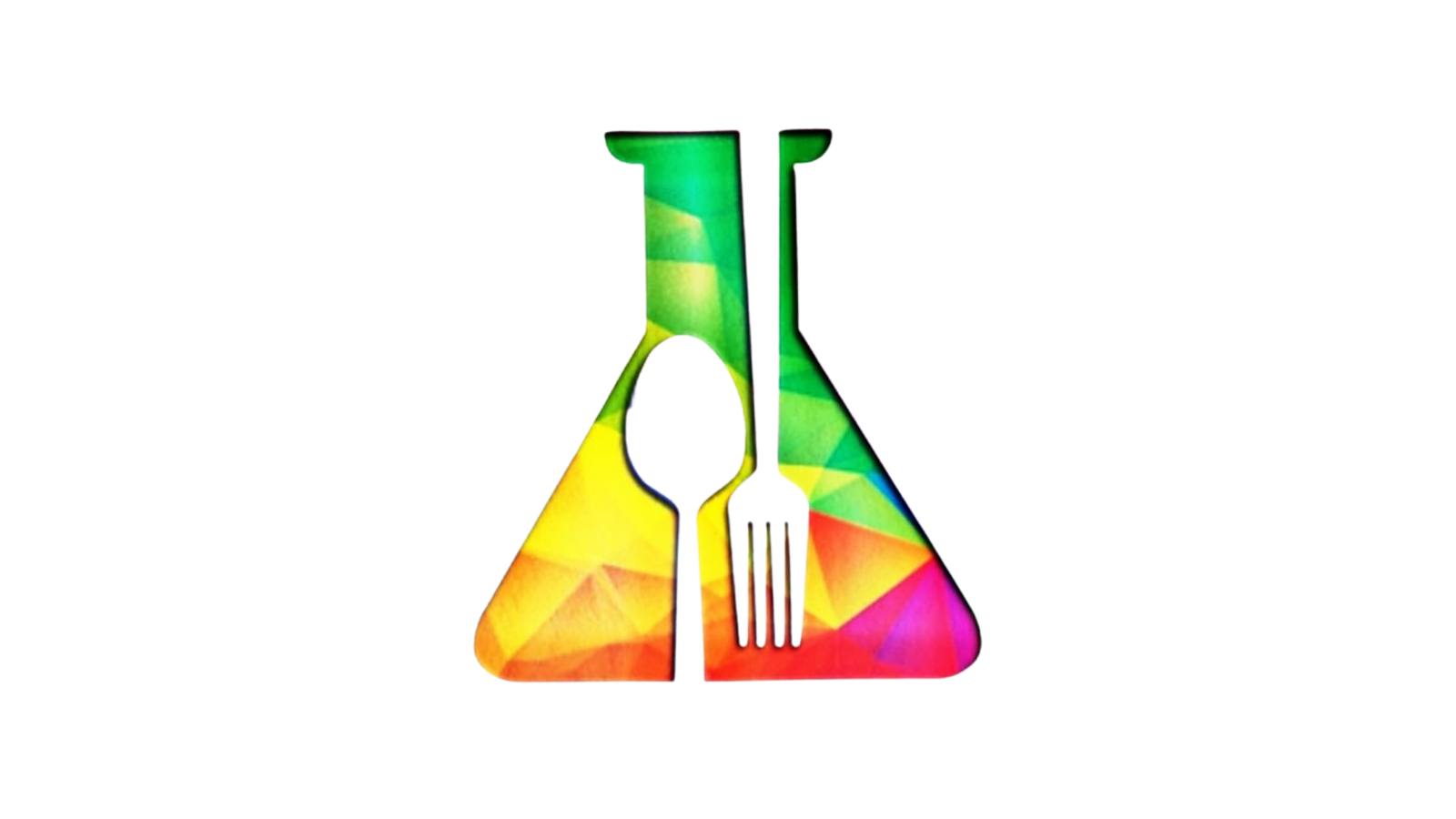Draft Notification of Food Safety and Standards (Food Products Standards and Food Additives) Amendment Regulations, 2024 related to Natamycin
The Food Safety and Standards Authority of India (FSSAI) has proposed an amendment to the Food Safety and Standards (Food Products Standards and Food Additives) Regulations, allowing the use of Natamycin as a preservative in fermented milks (plain) that are not heat-treated after fermentation and in dairy-based desserts. FSSAI has invited feedback from stakeholders on this draft regulation.
In Table 1, against the entries relating to Food Category System 1.2.1.1: Fermented milks (plain) not heat treated after fermentation, after the entry ‘No additives permitted’, the following shall be inserted, namely: –
Table 1 – Dairy products and analogues, excluding products of category 2.0

In Table 1, against the entries relating to Food Category System 1.7: Dairy based desserts, after the food additive “TOCOPHEROLS” in column (3), and the entries relating thereto, the following shall be inserted, namely: –
Table 1 – Dairy products and analogues, excluding products of category 2.0

Last Date For Commments On This Draft Is October 26, 2024
What is Natamycin?
Naturally occurring in soil as a result of bacterial fermentation, Natamycin, also known as Pimaricin, was discovered by DSM scientists more than 50 years ago. It has been on the market since 1967 and is predominantly used for food preservation and in very rare cases as a treatment for fungal infections.
How is it produced?
Natamycin is produced by a pure culture of Streptomyces natalensis bacteria following a strictly controlled fermentation process. After extraction, the Natamycin is centrifuged, filtered, and washed, to ensure the purity and quality of the end product. Natamycin is available in both liquid and powder formulations and commercially sold, amongst others, by DSM, under the brand name Delvo®Cid.
How does it work?
Natamycin protects foods through a unique mechanism that targets ergosterol in the cell wall. Ergosterol is a building block of yeasts and molds, which is responsible for intracellular nutrient transport, and therefore vital for their survival. As ergosterol is not present in the outer membranes of bacteria, these remain unaffected.
Is it an antibiotic?
Under some definitions, Natamycin is an antibiotic and under others it is not. Natamycin is technically called an antibiotic in food preservation as it can prevent the growth of yeasts and molds, which are living organisms (in Latin antibiotic means against living). However, as a natural mold inhibitor it has no effect on bacteria and thus has nothing in common with regular medicinal antibiotics prescribed for bacterial infections. Therefore Natamycin is not an antibiotic according to the WHO.
The discovery of natamycin 65 years ago
Natamycin occurs naturally in soil, as a result of natural biological bacterial fermentation. 65 years ago, in 1954, natamycin was discovered by DSM scientists in a soil sample from the state of Natal, South Africa, hence its name. The scientists observed that this antifungal agent blocks the growth of yeasts and molds by a unique mechanism that prevents nutrient uptake.
Natamycin was first isolated from a culture of Streptomyces natalensis in the DSM research laboratories. After thorough research and application work by DSM, it was launched in 1967 as a biopreservative for several food applications and is marketed under the well-known brand Delvo®Cid.
The natural working mechanism of natamycin against yeast and molds
Natamycin binds to ergosterol, a building block in the cell walls of yeasts and molds. Ergosterol enables the transport of food across the membrane. When natamycin binds to ergosterol, the transport of nutrients gets blocked and the cell starves to death. Bacteria do not contain ergosterol and are therefore not affected. Natamycin is effective in extremely small quantities (parts per million).
Natamycin safely prevents harmful molds without interfering with bacterial fermentation
Molds can be divided into harmful or useful and friendly molds. Useful, friendly molds are needed to produce the great tasting blue cheeses such as brie and camembert. The same applies to yeasts. Useful yeasts are used in the production processes of beer, wine and bread.
However, on most foods the growth of yeasts and molds is not appreciated. Contamination of food products with harmful yeasts and molds may lead to food spoilage. Some mold strains – that can also grow on cheese – can produce toxins when under stress. These are called mycotoxins and are dangerous for human health. Natamycin inhibits molds, including these toxin producing strains. Because natamycin is not active against bacteria it will not interfere with bacterial fermentation processes such as those for cheese, fermented milk products, or sausages.
Natamycin is widely used to prevent food spoilage
Natamycin is commonly used in food products such as cheese and sausages to prevent the growth of molds and yeasts, and to naturally extend shelf life and reduce food waste. In some countries, depending on regulatory approvals, natamycin is also used in other products such as bread, cakes, beverages and yoghurt.
Natamycin is a natural preservative without safety risk
Natamycin is a natural preservative that has been tested extensively; the test levels in toxicity studies are well determined. In the quantities applied to food products, there is no safety risk. This has been evaluated and approved by main Expert Committees on Food Additives by JECFA and confirmed by EFSA and FDA.
Natamycin can be labeled as a natural mold inhibitor
How natamycin has to be labeled depends on legislation per area. In the EU it can be labelled as E235, or natamycin. In the US it will be labeled as natamycin. Often, natamycin is indicated on the packaging of food products as a natural mold inhibitor, and is suitable for the claim ‘free from artificial ingredients’.
🔊 Be Aware, We never charge any consultancy fee for jobs.
📲 Foodtech Network WhatsApp Jobs Group
🔗 WhatsApp Groups
📈 Food Entrepreneurs & Startups (Our services)
🔗 https://bit.ly/3JDyPIN























